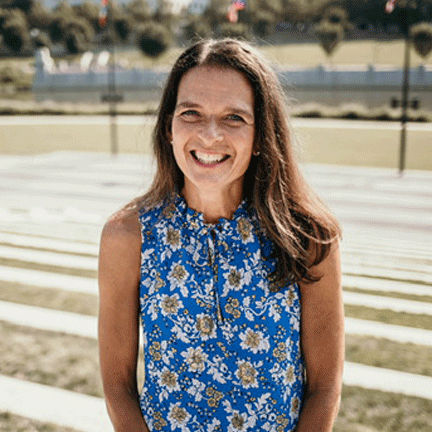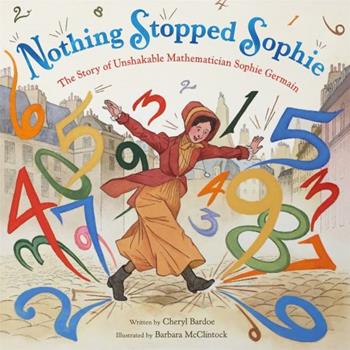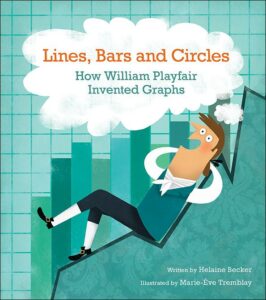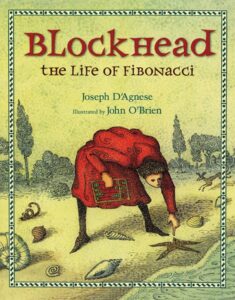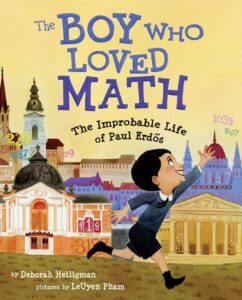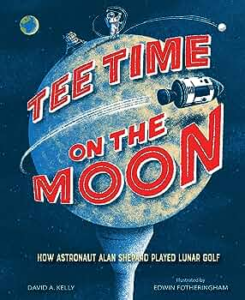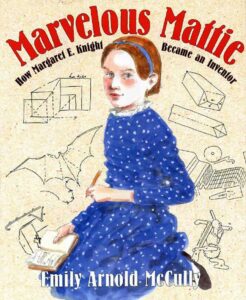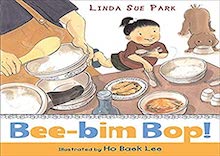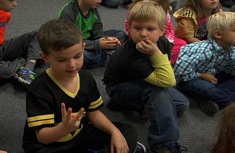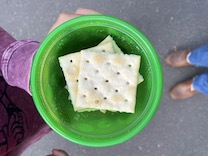As the new school year began, I started setting up my classroom and gathering books I might read while thinking about launching each of my workshops. There were books about reading, books about writing, books about words, and books about math.
A lot of my math books were about concepts—skills in a unit of study. I wasn’t sure I wanted to launch our math workshop with a unit of study focused on a skill. My reading and writing launch units focused on embracing being a reader or writer, routines, connecting, and conversations. I wanted this same focus for our math workshop launch. I continued dusting and adjusting my math book tubs.
As I shifted books, I stumbled upon a biography of a great mathematician. Then I remembered I had a few others. I made a stack of books for my math workshop, as I had for reading and writing workshop, and felt I had a starting point to draft something new and interesting.
What Makes a Great Mathematician?
Would these books help us learn more about being a mathematician? I didn’t want to read through a stack of books before we got to doing any math of our own. That wasn’t going to help us learn routines, connect, and talk to each other. I decided to start our math workshop with the question I was pondering.
As we sat together on the second day of school, I asked my new students, “What makes a great mathematician?” As the conversation unfolded, we defined a mathematician and discussed how we know someone is a great mathematician. They had several responses, and they all focused on being fast with numbers and how if you are fast with numbers, then math is easy. I tried paraphrasing and restating the question for different responses; their thinking stayed focused on being fast with numbers. I was surprised and not surprised by their responses. I needed to engage them in mathematics that would change their thinking and help them discover their own math identities.
Developing Our Math Identities
After listening to their initial ideas about being a great mathematician, I decided we needed a different picture book first: Math Attack! by Joan Horton. The main character is asked to answer a multiplication fact, and numbers come out fast. The numbers are random and her brain gets jumbled; she can’t recall the answer. I wanted to read this story to help students who may not be fast with numbers and offer an opportunity to discuss how being fast can make it hard to figure out the answer.
I also wanted to help my students see when, where, and how they use math in their own lives. Count on Me by Miguel Tanco is the perfect book to introduce the idea of math in our lives. The main character notices everyone in her family has a passion, and she wants to find her own passion. She tries activities but doesn’t feel passionate about any of them until she gets to math workshop. Then she discovers during her day all the places math is happening or visible in her daily life. I use this book to launch our math journals. Students think about special numbers in their lives, and ways they use numbers to illustrate the front cover of their journals.
I had my collection of math biographies and thought that just reading about great mathematicians wasn’t going to be enough to help us develop our own identities. When I got home that evening, I did an internet search for free mathematical practice posters. Many options appeared. These were really what I wanted my students to think about when asked, “What makes a great mathematician?” I decided to spend a week engaging and discussing, with different math problems and activities. I wanted our work to involve partners and lots of conversations. I wanted our work to offer opportunities for more than one way of thinking. I wanted our work to create motivation and engagement with math thinking.
Great Mathematicians Can…
After engaging with activities focusing on mathematical practices, we reflected on our initial question: “What makes a great mathematician?” Our thinking had changed. We used to think doing math meant being fast, and now we think…
Great mathematicians…
“Always try their best.”
“Work slow on their work.”
“Practice!”
“You have to keep trying and persevere.”
“Double-check their work.”
“Make mistakes and redoing is okay.”
“Think hard and don’t always do it very fast.”
“Never give up.”
“Learn from their mistakes.”
Mathematician Mentors
As we engaged in and experienced the activities I had planned to help us expand our thinking about being a great mathematician, we read the biographies I had collected when getting ready to start the school year. Students were shocked and surprised by the journeys we read about and found comfort in some of the characters.
Nothing Stopped Sophie: The Story of Unshakable Mathematician Sophie Germain by Cheryl Bardoe
Sophie Germain is the perfect mentor for persevering. She tried to do math by candlelight after bed, she used a pen name to take college courses in math, and she entered a contest for a challenging math problem and won!
Lines, Bars and Circles: How William Playfair Invented Graphs by Helaine Becker
William Playfair invented infographics because he dreamed outside the normal mathematician world of numbers and formulas. Will saw the world in pictures and had trouble running a business and working for others. While writing a book, he sketched his ideas, creating line, bar, and pie graphs to show data.
Counting on Katherine by Helaine Becker
Katherine Johnson counted everything when she was little and continued to love math when mathematicians were typically men. She was a teacher until NASA had a need for human computers. Katherine figured out hard math problems and persevered to work with the men mathematicians at that time in history.
Blockhead: The Life of Fibonacci by Joseph D’Agnese
Leonardo Fibonacci loved math and was fast at it and loved to think about math all around him in his life. He traveled and learned about math in other parts of the world. In simplest terms, Fibonacci found patterns of math in nature.
The Boy Who Loved Math: The Improbable Life of Paul Erdos by Deborah Heiligman
Paul Erdos loved math his whole life and didn’t learn how to take care of himself. He could count really high and play with numbers in different kinds of problems by following math rules. He helped people make sense of their math problems.
Tee Time on the Moon: How Astronaut Alan Shepard Played Lunar Golf by David A. Kelly
Alan Shepard plans a secret for his mission to the moon. This lighthearted mathematical book opens up a discussion about reviewing calculations to see if they are correct.
Marvelous Mattie: How Margaret E. Knight Became an Inventor by Emily Arnold McCully
Mattie Knight was an inventor, sketching, recording, and trying her ideas. She modeled her ideas in a notebook and selected the right tools to help her show her thinking. Mattie created a machine to make paper bag bottoms flat so they would hold more things.
The Girl with a Mind for Math: The Story of Raye Montague by Julia Finley Mosca
Raye Montague persevered very much like Katherine Johnson, using math to design and create boats. This book focuses on the value of measurement to model mathematics.


